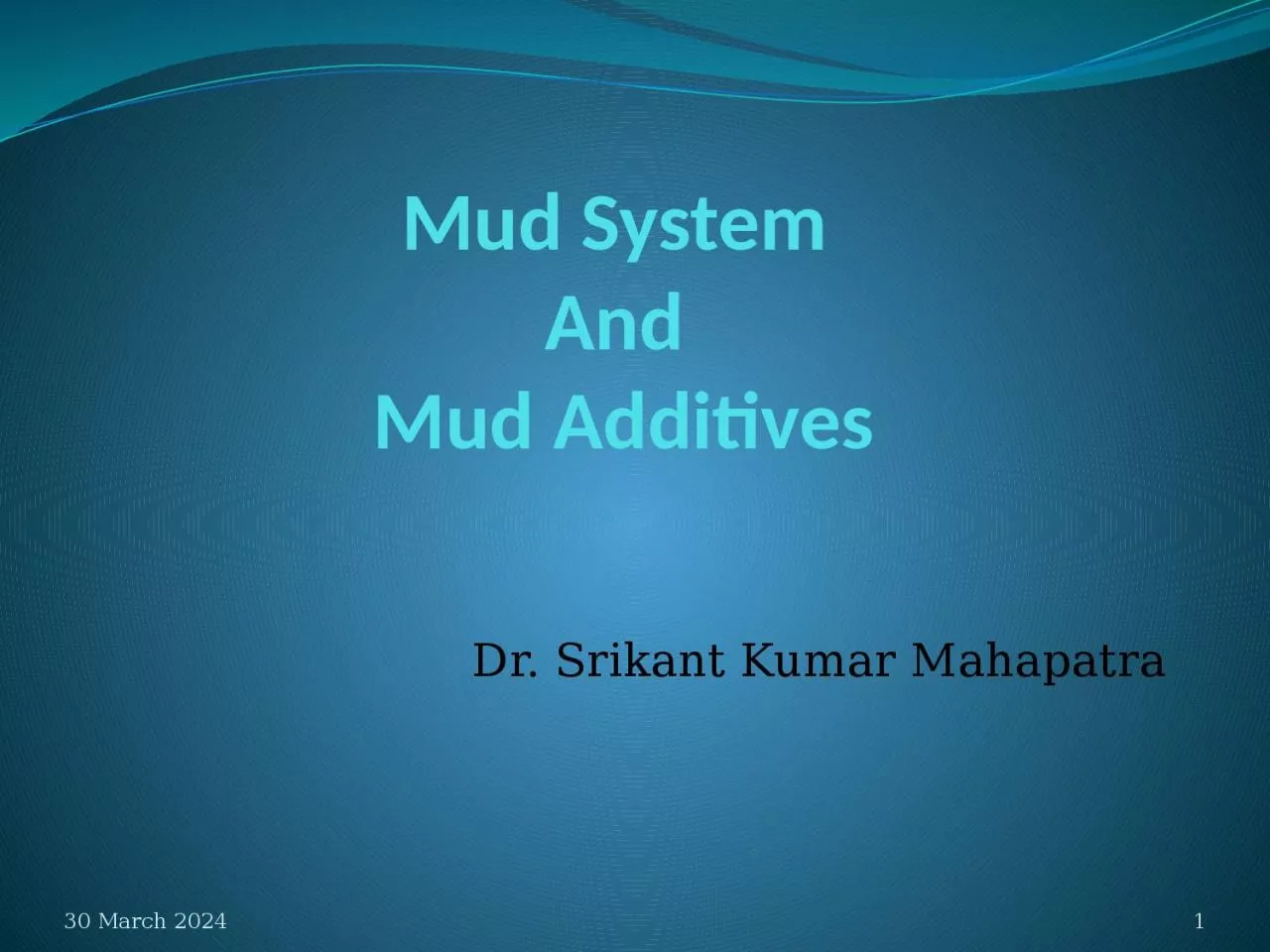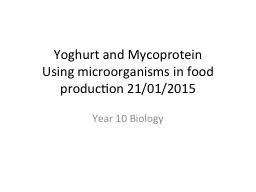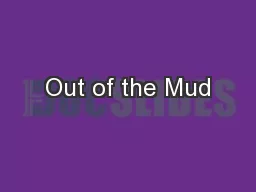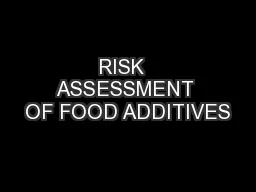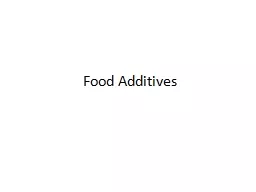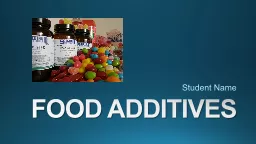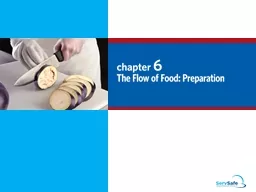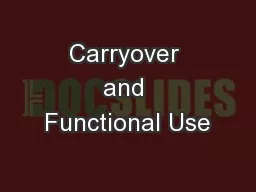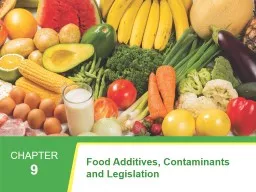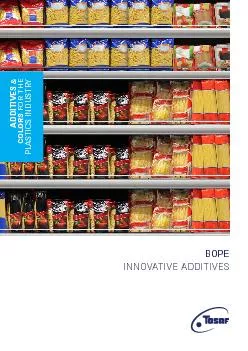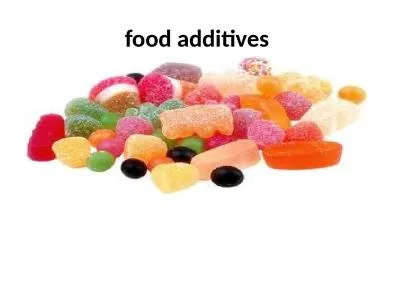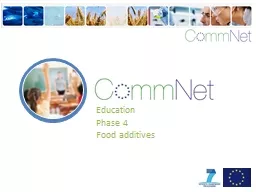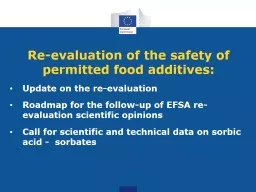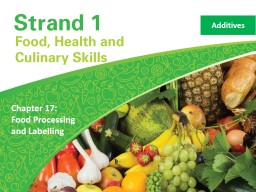PPT-Mud System And Mud Additives
Author : desha | Published Date : 2023-06-26
Dr Srikant Kumar Mahapatra 15 February 2021 1 Introduction Basic systems are usually converted to complex system as a well deepened as wellbore temperature andor
Presentation Embed Code
Download Presentation
Download Presentation The PPT/PDF document "Mud System And Mud Additives" is the property of its rightful owner. Permission is granted to download and print the materials on this website for personal, non-commercial use only, and to display it on your personal computer provided you do not modify the materials and that you retain all copyright notices contained in the materials. By downloading content from our website, you accept the terms of this agreement.
Mud System And Mud Additives: Transcript
Download Rules Of Document
"Mud System And Mud Additives"The content belongs to its owner. You may download and print it for personal use, without modification, and keep all copyright notices. By downloading, you agree to these terms.
Related Documents

